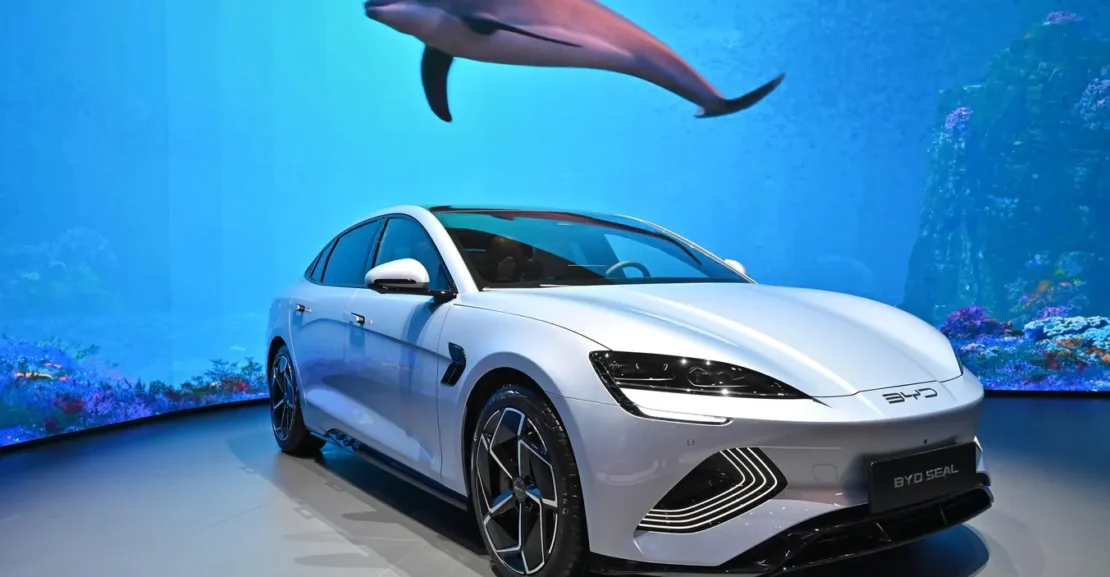China has rapidly transformed from an automotive follower to a global leader in innovation, electric mobility, and smart technology. Today, Chinese car manufacturers are not only dominating their domestic market but are also making strong inroads into Europe, the Middle East, Southeast Asia, and beyond. With cutting-edge EV platforms, luxurious interiors, and AI-powered features, these vehicles are redefining what modern motoring looks like. Here are the top 5 best Chinese cars in the world in 2024—vehicles that are setting new benchmarks for performance, design, and value.
1. BYD Seal – The Global EV Contender
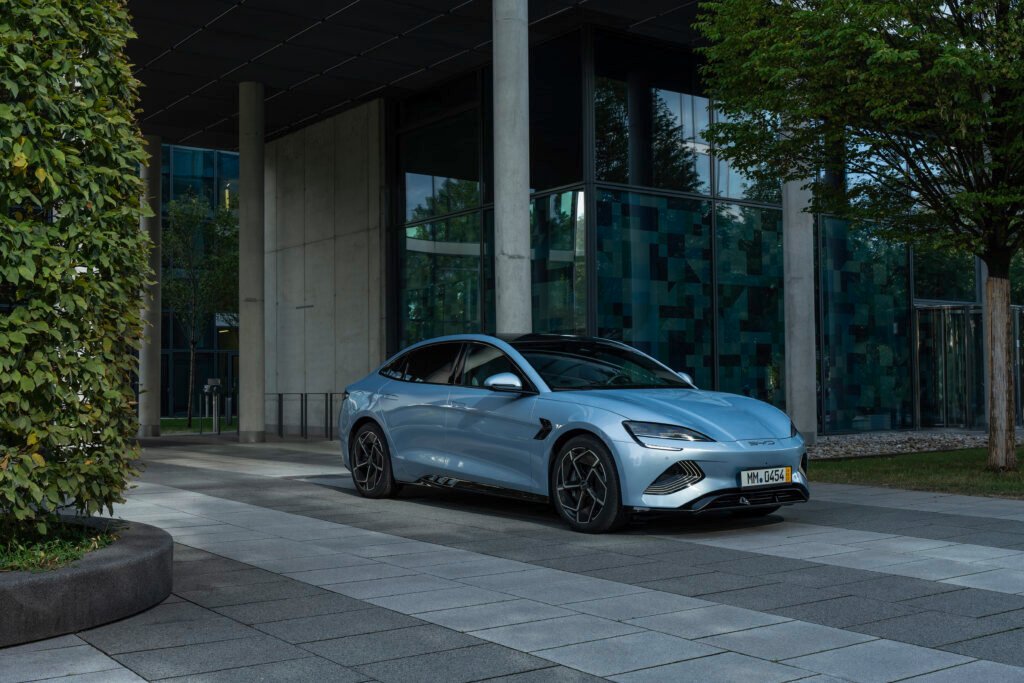
The BYD Seal is China’s answer to the Tesla Model 3 and has earned acclaim worldwide for its balance of performance, efficiency, and luxury. Built on BYD’s e-Platform 3.0, it features the revolutionary Blade Battery, offering up to 570 km of range (WLTP), dual-motor AWD, and 0–100 km/h in just 3.8 seconds. Its adaptive suspension and premium interior make it a top-tier electric sedan on the global stage.
2. NIO ET7 – The Luxury Electric Flagship

The NIO ET7 is a full-size electric sedan that competes with the BMW i7 and Mercedes EQS. With a range exceeding 1,000 km (CLTC) using its 150 kWh semi-solid-state battery, autonomous driving tech (NIO Adam), and a serene, wood-trimmed cabin, it represents the pinnacle of Chinese luxury EV engineering. NIO’s innovative battery-swapping stations further enhance its global appeal.
3. XPeng G9 – The Smart SUV from the Future
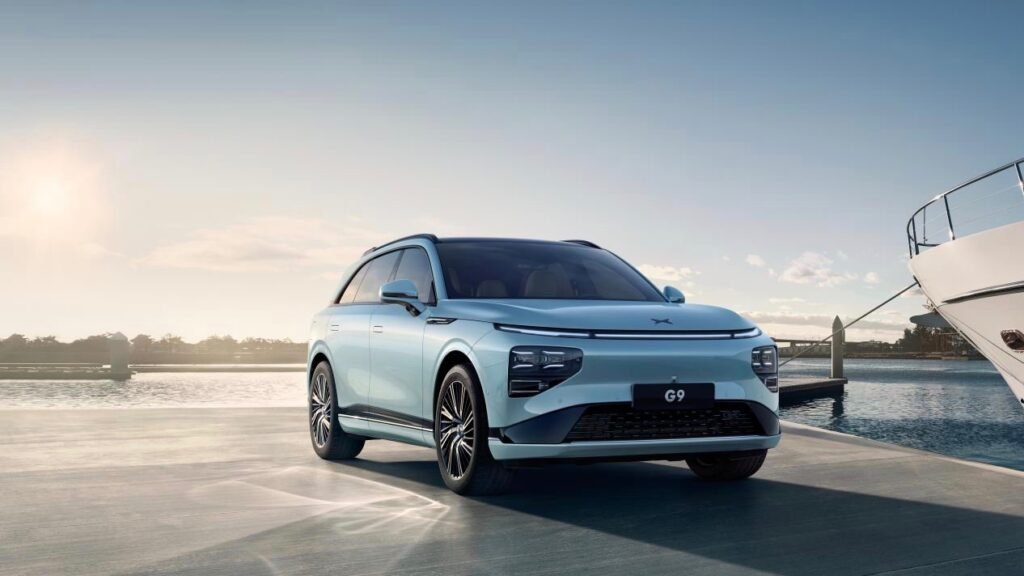
The XPeng G9 is a full-size electric SUV designed for intelligent driving. With 800V ultra-fast charging (10–80% in 15 minutes), 702 km range (CLTC), and XPILOT 4.0 autonomous driving, it’s one of the most advanced EVs on the planet. Its five-zone climate control, 28-speaker audio system, and AI voice assistant deliver a first-class experience for drivers and passengers alike.
4. Geely Zeekr 001 – The Electric Shooting Brake
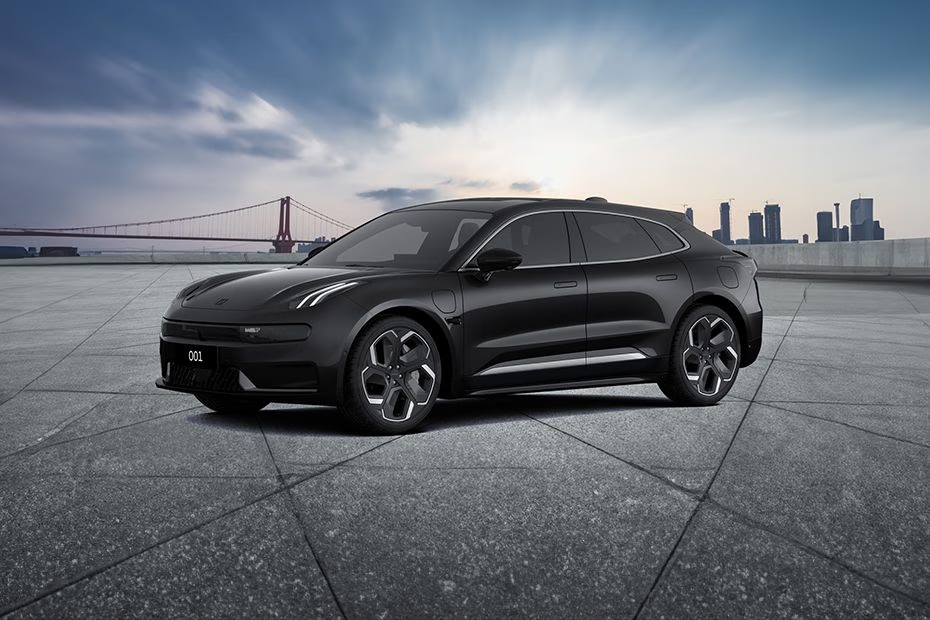
The Geely-owned Zeekr 001 is a stunning electric shooting brake that combines sporty performance with practicality. With up to 616 km of range (CLTC), dual-motor AWD (544 hp), and a luxurious, quiet cabin, it rivals the Porsche Taycan. Its air suspension, large panoramic roof, and advanced driver aids make it a favorite among European and global EV enthusiasts.
5. Li Auto L9 – The Smart Family MPV
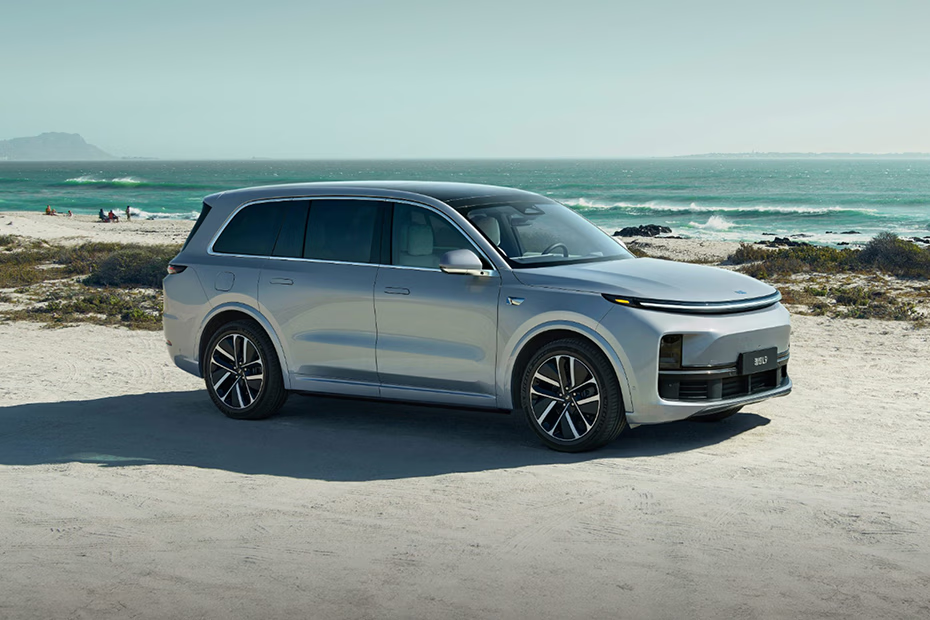
Known as the “Chinese Toyota Alphard,” the Li Auto L9 is a flagship extended-range electric vehicle (EREV) designed for families. It features a 1.5L range extender, 1,100 km total range, and a futuristic interior with triple screens, rear executive seats, and advanced air suspension. With whisper-quiet rides and smart climate control, it’s redefining family luxury worldwide.
Frequently Asked Questions (FAQs)
Q1: Are Chinese cars reliable outside China?
A: Yes. Leading brands like BYD, NIO, and XPeng design their global models to meet European NCAP, GCC, and other international safety and durability standards. Many offer 5–6 year warranties and partner with local service providers.
Q2: How do Chinese EVs compare to Tesla and European brands?
A: In many areas—like battery tech, charging speed, interior innovation, and pricing—Chinese EVs outperform their rivals. While Tesla leads in software ecosystem, Chinese brands often offer more luxury features and faster charging at lower price points.
Q3: Are Chinese cars available in North America and Europe?
A: They are expanding rapidly. While not yet sold directly in the U.S., brands like BYD, NIO, XPeng, and Zeekr are available in Germany, Norway, the Netherlands, France, and the UAE, with plans to grow across Europe and Southeast Asia.
Chinese automakers are no longer just producing affordable cars—they are leading the global charge in electric mobility, smart technology, and luxury innovation. Vehicles like the BYD Seal, NIO ET7, and XPeng G9 are not just competitive; in many cases, they’re setting new global standards. As the world shifts toward electrification and AI-driven experiences, these Chinese cars are proving that the future of automotive excellence is being written in China.

